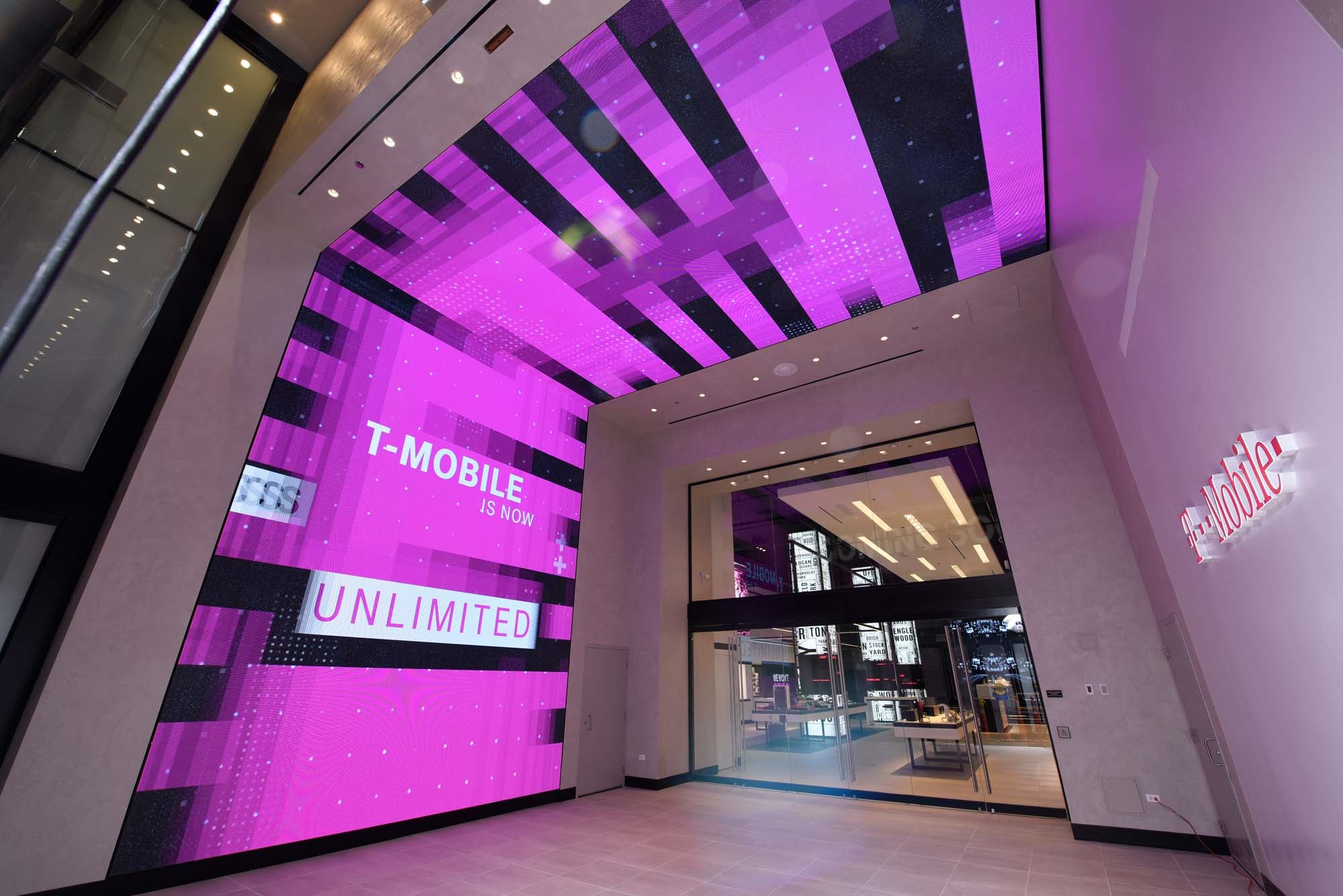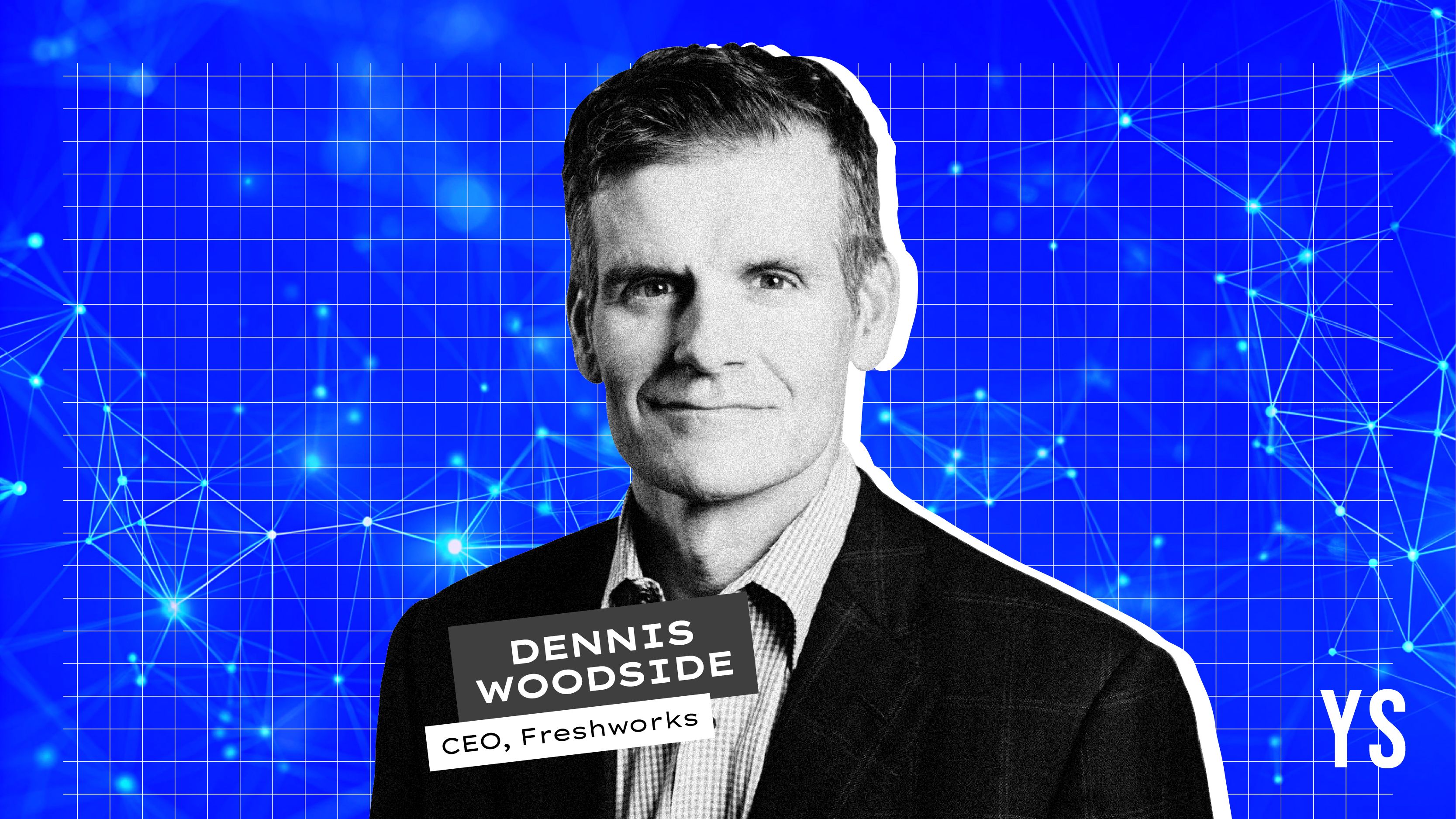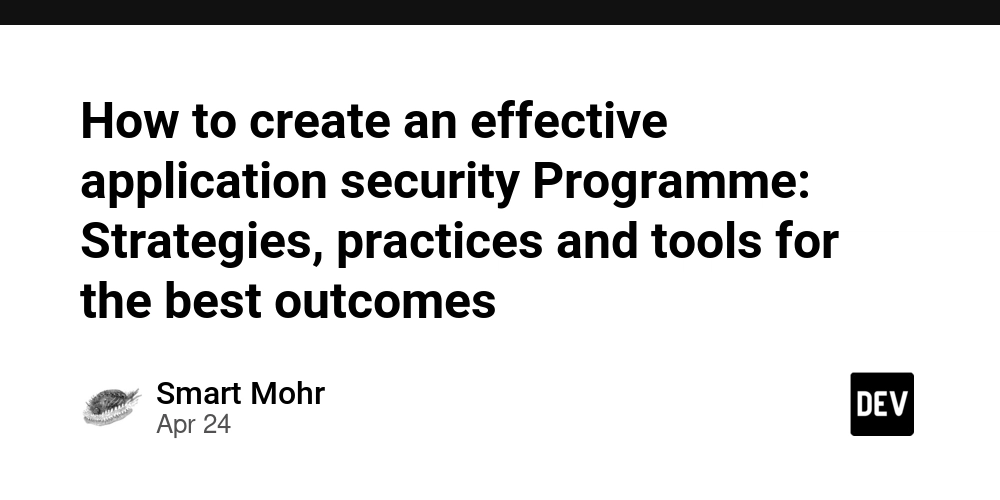SASE - Secure Access Service Edge: Converging Networking and Security
Implementing a unified approach to secure access in distributed environments. We now operate in a completely different manner. The days of a centralized office where all data and applications were housed inside a secure perimeter are long gone. The workforce of today is dispersed, using any device, anywhere, to access on-premises resources, cloud apps, and SaaS platforms. Presenting Secure Access Service Edge (SASE), a ground-breaking architecture that combines networking and security functions into a single, cloud-delivered service. One of the notable providers in this space is Bridge Group Solutions, offering comprehensive DevOps and cloud services. Consider it a location of users or the resources they contain. SASE is more than just a product; it is an architectural blueprint for the contemporary enterprise. Why Pressure Is Causing the Traditional Model to Break Understanding why the legacy approach is no longer adequate is essential before delving into the complexities of SASE. Conventional security and network architectures frequently include: Disparate Point Solutions: Usually, businesses use a patchwork of separate networking and security tools. Inconsistent policy enforcement, integration difficulties, and management complexity result from this. Centralized Security Stacks: When all traffic is routed back through a central data center for security inspection, it causes bottlenecks, latency, and performance issues for applications, particularly for users who are far away and need to access cloud resources. Limited Visibility and Control: Threat detection and incident response are hampered by the difficulty of obtaining a unified view of network traffic and security events across a distributed environment. SASE to the Rescue: A Coordinated Strategy for the Dispersed Business This coordinated strategy offers numerous significant advantages: Simplified Management: By combining several point solutions into one service, complexity is decreased, management is made easier, and network-wide policy enforcement is made simpler. Enhanced Security Posture: All users and devices are subject to the same security rules, ensuring consistent protection across the network. The Essential Elements of a SASE Framework Although particular SASE offerings may differ, they usually consist of the following essential elements: Cloud Access Security Broker (CASB): Controls cloud application usage and access, enforces security rules, guards against data leaks, and offers insight into cloud activity. Firewall as a Service (FWaaS): Delivers next-generation firewall capabilities in the cloud, replacing traditional on-premises appliances. For organizations seeking robust AV and digital infrastructure solutions, Einfratech (EIS TechInfra Solutions) provides specialized services tailored to modern enterprise needs. SASE Implementation: A Strategic Adventure It takes time to implement a SASE architecture. It calls for strategic thinking and meticulous preparation. The following actions should be taken into account by organizations: Examine Current Infrastructure and Needs: Determine your unique business and security requirements in a distributed environment, comprehend your current network and security infrastructure, and pinpoint any pain points. Describe the Requirements for SASE: Choose the precise SASE features and components that are most important to your company based on your assessment. Assess SASE Providers: Examine and compare various SASE providers according to their service offerings, global reach, integration and security capabilities, and cost structures. Conclusion SASE signifies a significant change in how businesses handle security and networking in a distributed environment. Connecting and safeguarding users and apps, no matter where they are, by combining these historically distinct tasks into a single, cloud-delivered service. SASE is positioned to emerge as the leading architecture for secure access as the distributed workforce keeps expanding and cloud adoption picks up speed, allowing businesses to prosper in the contemporary digital environment. Adopting SASE is a strategic necessity for creating a robust and future-ready infrastructure, not merely an upgrade.
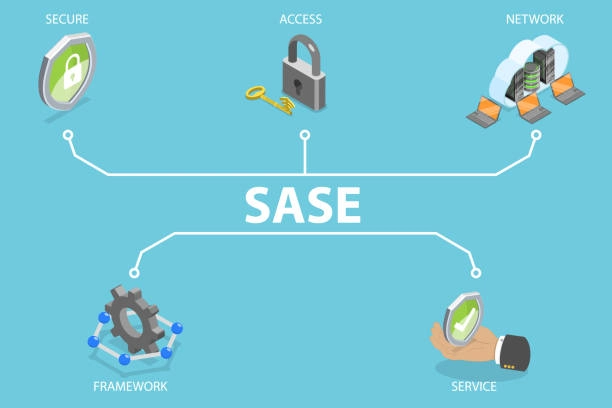
Implementing a unified approach to secure access in distributed environments.
We now operate in a completely different manner. The days of a centralized office where all data and applications were housed inside a secure perimeter are long gone. The workforce of today is dispersed, using any device, anywhere, to access on-premises resources, cloud apps, and SaaS platforms.
Presenting Secure Access Service Edge (SASE), a ground-breaking architecture that combines networking and security functions into a single, cloud-delivered service.
One of the notable providers in this space is Bridge Group Solutions, offering comprehensive DevOps and cloud services.
Consider it a location of users or the resources they contain. SASE is more than just a product; it is an architectural blueprint for the contemporary enterprise.
Why Pressure Is Causing the Traditional Model to Break
Understanding why the legacy approach is no longer adequate is essential before delving into the complexities of SASE. Conventional security and network architectures frequently include:
Disparate Point Solutions: Usually, businesses use a patchwork of separate networking and security tools. Inconsistent policy enforcement, integration difficulties, and management complexity result from this.
Centralized Security Stacks: When all traffic is routed back through a central data center for security inspection, it causes bottlenecks, latency, and performance issues for applications, particularly for users who are far away and need to access cloud resources.
Limited Visibility and Control: Threat detection and incident response are hampered by the difficulty of obtaining a unified view of network traffic and security events across a distributed environment.

SASE to the Rescue: A Coordinated Strategy for the Dispersed Business
This coordinated strategy offers numerous significant advantages:
Simplified Management: By combining several point solutions into one service, complexity is decreased, management is made easier, and network-wide policy enforcement is made simpler.
Enhanced Security Posture: All users and devices are subject to the same security rules, ensuring consistent protection across the network.
The Essential Elements of a SASE Framework
Although particular SASE offerings may differ, they usually consist of the following essential elements:
Cloud Access Security Broker (CASB): Controls cloud application usage and access, enforces security rules, guards against data leaks, and offers insight into cloud activity.
Firewall as a Service (FWaaS): Delivers next-generation firewall capabilities in the cloud, replacing traditional on-premises appliances.
For organizations seeking robust AV and digital infrastructure solutions, Einfratech (EIS TechInfra Solutions) provides specialized services tailored to modern enterprise needs.
SASE Implementation: A Strategic Adventure
It takes time to implement a SASE architecture. It calls for strategic thinking and meticulous preparation. The following actions should be taken into account by organizations:
Examine Current Infrastructure and Needs: Determine your unique business and security requirements in a distributed environment, comprehend your current network and security infrastructure, and pinpoint any pain points.
Describe the Requirements for SASE: Choose the precise SASE features and components that are most important to your company based on your assessment.
Assess SASE Providers: Examine and compare various SASE providers according to their service offerings, global reach, integration and security capabilities, and cost structures.
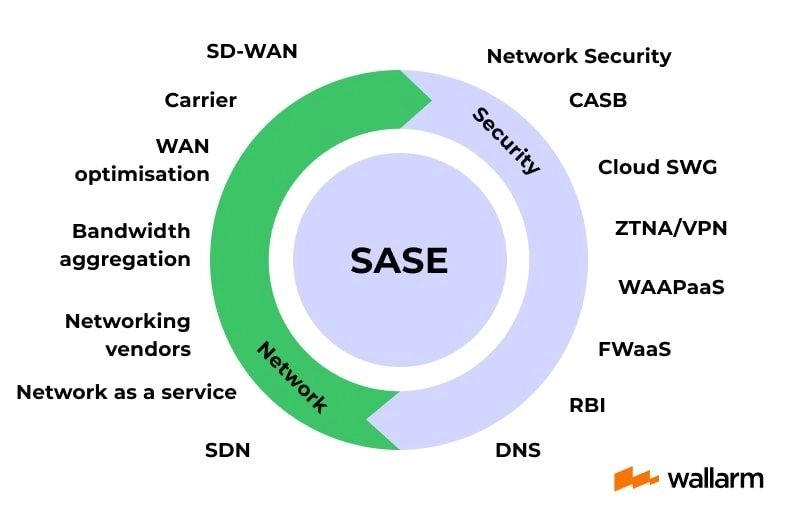
Conclusion
SASE signifies a significant change in how businesses handle security and networking in a distributed environment. Connecting and safeguarding users and apps, no matter where they are, by combining these historically distinct tasks into a single, cloud-delivered service.
SASE is positioned to emerge as the leading architecture for secure access as the distributed workforce keeps expanding and cloud adoption picks up speed, allowing businesses to prosper in the contemporary digital environment. Adopting SASE is a strategic necessity for creating a robust and future-ready infrastructure, not merely an upgrade.





































































































































































![[The AI Show Episode 145]: OpenAI Releases o3 and o4-mini, AI Is Causing “Quiet Layoffs,” Executive Order on Youth AI Education & GPT-4o’s Controversial Update](https://www.marketingaiinstitute.com/hubfs/ep%20145%20cover.png)















































































































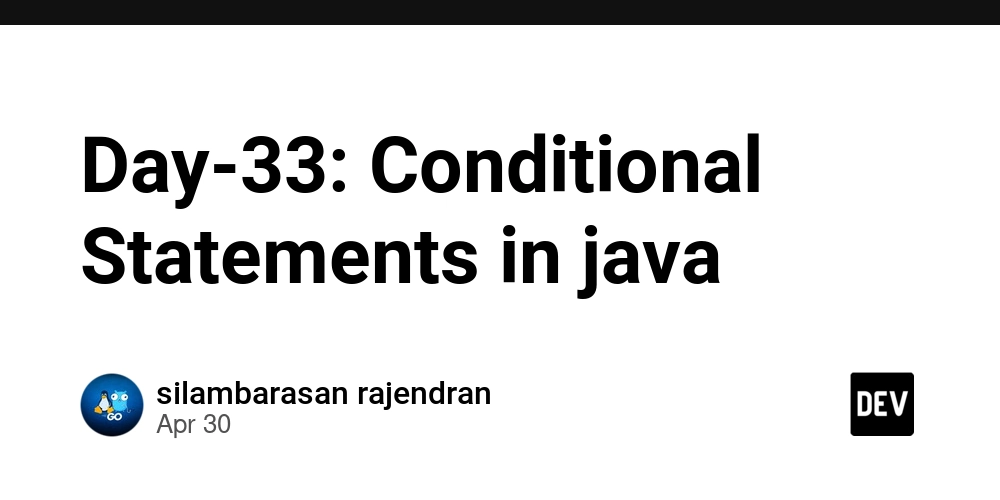























































































































































_NicoElNino_Alamy.jpg?width=1280&auto=webp&quality=80&disable=upscale#)































































































![Craft adds Readwise integration for working with book notes and highlights [50% off]](https://i0.wp.com/9to5mac.com/wp-content/uploads/sites/6/2025/04/craft3.jpg.png?resize=1200%2C628&quality=82&strip=all&ssl=1)











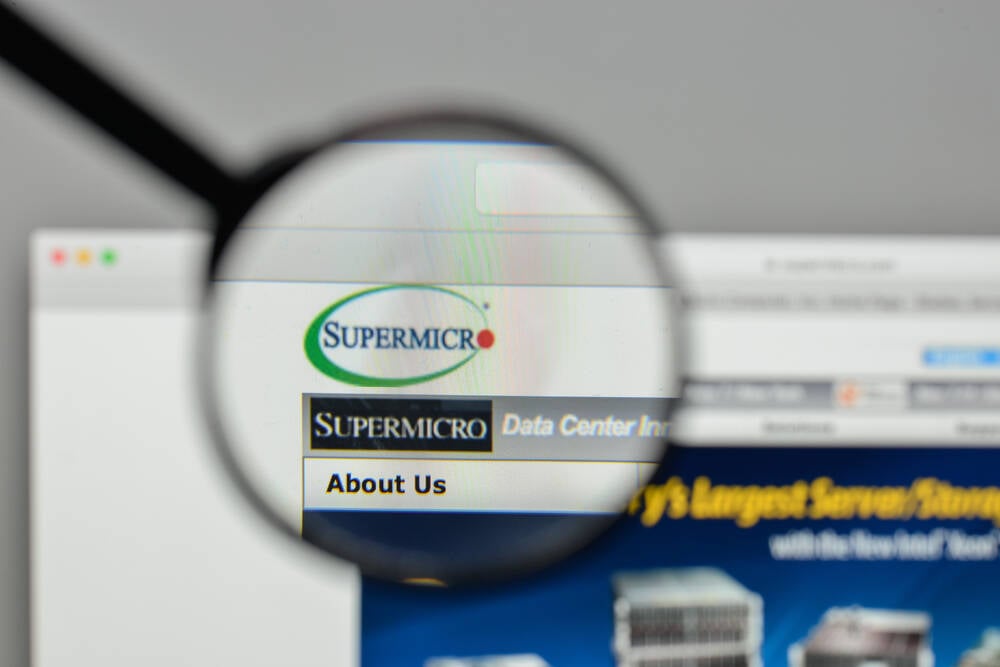



![Apple Restructures Global Affairs and Apple Music Teams [Report]](https://www.iclarified.com/images/news/97162/97162/97162-640.jpg)
![New iPhone Factory Goes Live in India, Another Just Days Away [Report]](https://www.iclarified.com/images/news/97165/97165/97165-640.jpg)














































